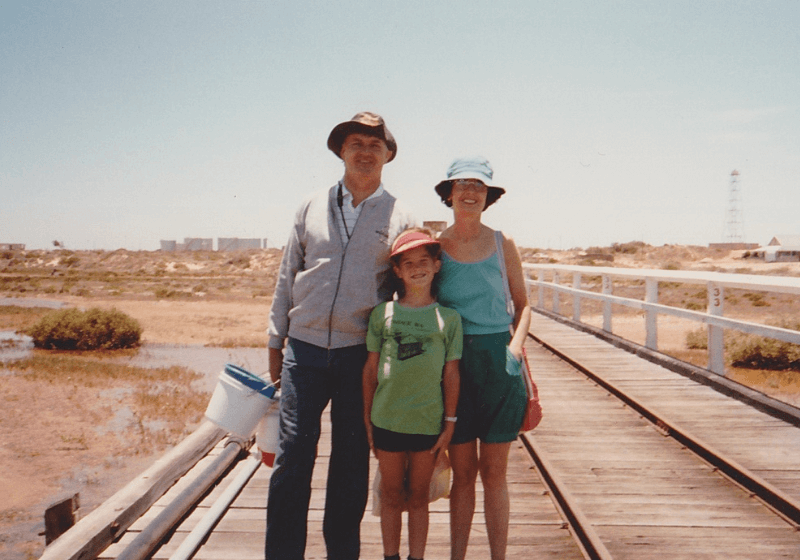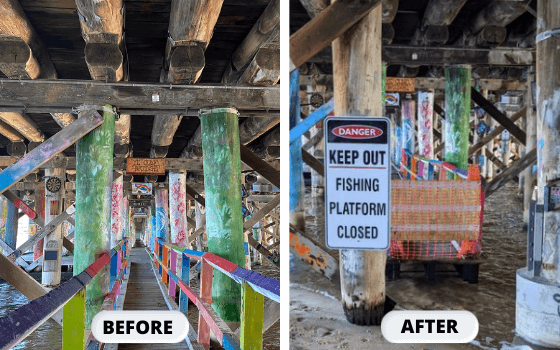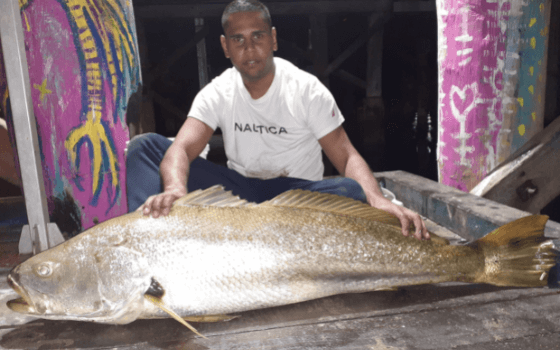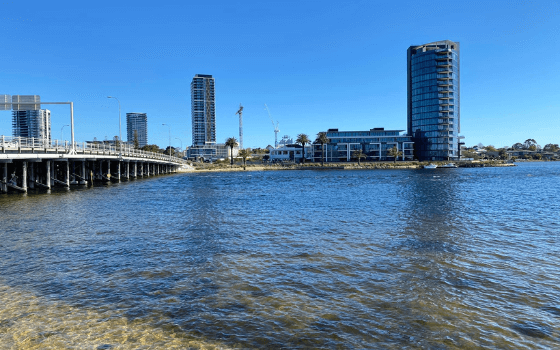While it is finally receiving a small part of the restoration it thoroughly deserves – Carnarvon’s One Mile Jetty repairs will sadly fall well short of reaching the water, dashing the hopes of local fishers to soon wet a line again off the historic structure.
The State Government recently announced they would restore the first 150 metres of the jetty to celebrate its contribution to the heritage of the Gascoyne region.
“While it is great to see the Government position the jetty as the centerpiece of Carnarvon’s heritage precinct and invest in a portion of its restoration, it is bittersweet news for Carnarvon locals,” said Recfishwest Operations Manager Leyland Campbell. “They have spent years waiting for another land-based structure to restore the great fishing opportunities the jetty used to provide.
“The definition of a jetty requires it to extend over water, so the current restoration of 150 metres essentially just makes it a boardwalk. It would be fantastic to see the jetty restoration extended further so it reaches the waterline and once again offer safe and accessible fishing opportunities to the Gascoyne community.”
Jetties are highly valued community assets; they offer everyone the opportunity to access deeper water and a wider variety of species than are available from shore.
A former land-based fishing gem
Ask any experienced local fisher in Carnarvon to share any great fishing memories from Carnarvon’s One Mile jetty and their tales would stretch longer than the 1,450-metre jetty once did.
The jetty was the beating heart of recreational fishing in Carnarvon, with Recfishwest running successful local fishing clinics on the structure for years that saw excited youngsters land species such as queenfish, trevally, fingermark, flathead and mulloway to name a few.
Extending out to sea from Babbage Island on the southern side of the Gascoyne River mouth, the lengthy jetty was a hotspot for fishers of all ages and abilities to catch a wide array of species for more than 120 years.
Although the much-loved fishing platform was closed in 2017, many fishers continued to access the jetty. In the lead up to the 2021 election, the State Government pledged $4.5 million to progress the redevelopment of the shore-based section of the jetty.
However, shortly after the election, Cyclone Seroja ripped through and devastated large sections of the remaining jetty along with hopes the original jetty would ever be restored.
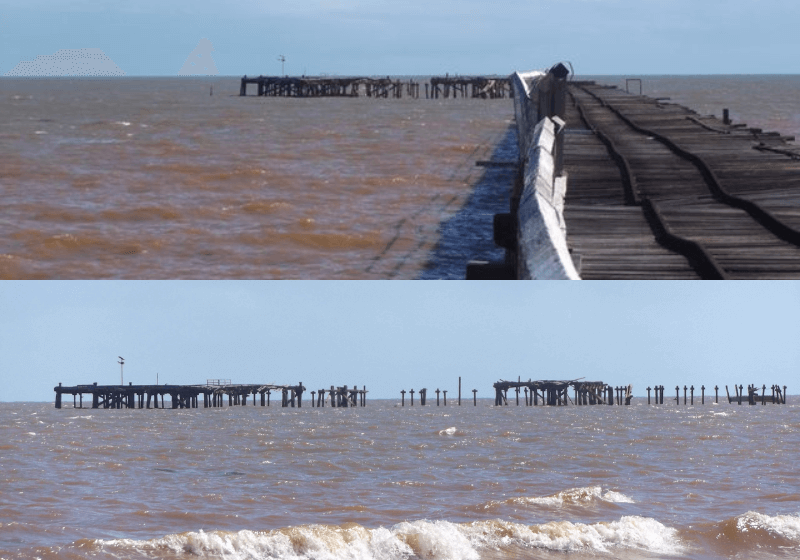
Early last year the Department of Transport completed a $4.2 million deconstruction of the intertidal and waterside sections of the damaged jetty as it was creating a navigation hazard.
It is possible though, to pay homage to the history of a landmark while simultaneously improving fishing opportunities as has been proven on WA’s south coast.
“The Government need to look no further than Esperance to see how important and beneficial it can be to restore the values a jetty provides,” said Leyland.
How Esperance jetty got it right
Just like Carnarvon, Esperance faced the dilemma of choosing to either restore their much-loved Tanker jetty or build a new jetty.
In the end, both goals were accomplished with a portion of the original timber jetty restored and connected to a new $7.5 million, 415-metre-long concrete structure that is safe, spacious and provides excellent fishing opportunities.
Since the new Esperance jetty was opened in March of 2021, it has once again become the heart of the town as the prime land-based fishing location for locals and thousands of tourists, many of whom visit Esperance because it once again has a jetty.
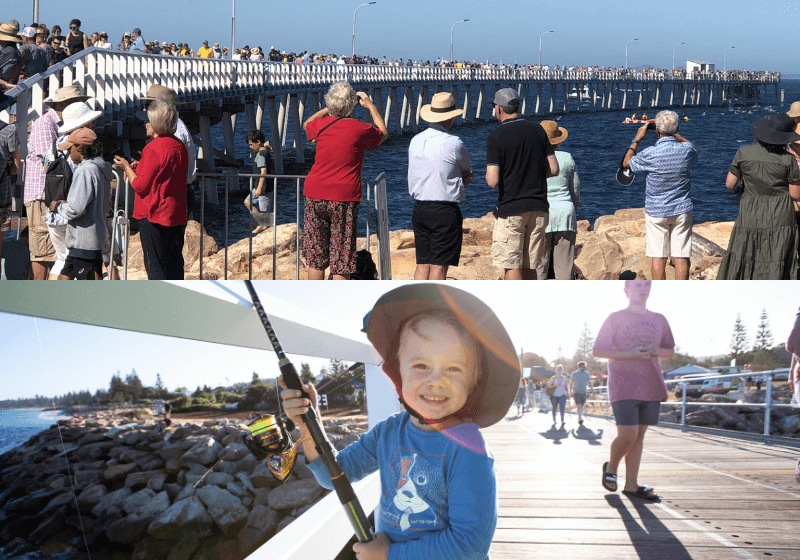
“Esperance shows honouring the old while embracing the new is possible, the same can be done in Carnarvon.” said Leyland. “We’re continuing to call on the Government to restore the fishing opportunities that Carnarvon’s One Mile jetty provided. The fishing memories and health benefits that the One Mile jetty gave me and countless others for generations are too great to be overlooked,” said Leyland.
“To fully unlock the potential of the heritage precinct, a new jetty extending from the restored section of the old jetty must be a priority for Government. They are certainly taking steps in the right direction by restoring the first 150 metres, but they still have another 1,300 metres to go before they restore the true value the jetty provides.”
